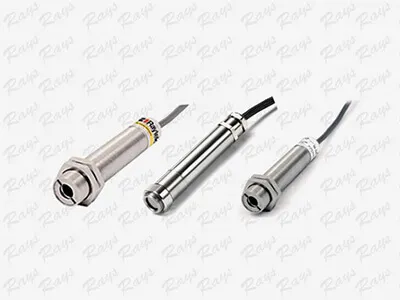An ir temperature sensor, additionally referred to as an infrared thermometer, is a non-contact measuring tool that measures a surface temperature using the infrared light it emits. It acts on the premise that anything above absolute zero emits infrared radiation, which the sensor can detect and measure.
Infrared light is focuses by a lens onto a detector by the sensor, which then transforms the radiation into an electrical signal that is related to the ambient temperature of the item being measured. The sensor can then transform the data into a temperature reading that can be used to control an action or shown on a screen.
IR temperature sensors are frequently employed in industrial settings to track device the temperatures, find hotspots in electrical networks, and gauge furnace and oven temperatures. They are frequently utilised in medical instances as well, for example, to check an individual's ear or forehead temp.


